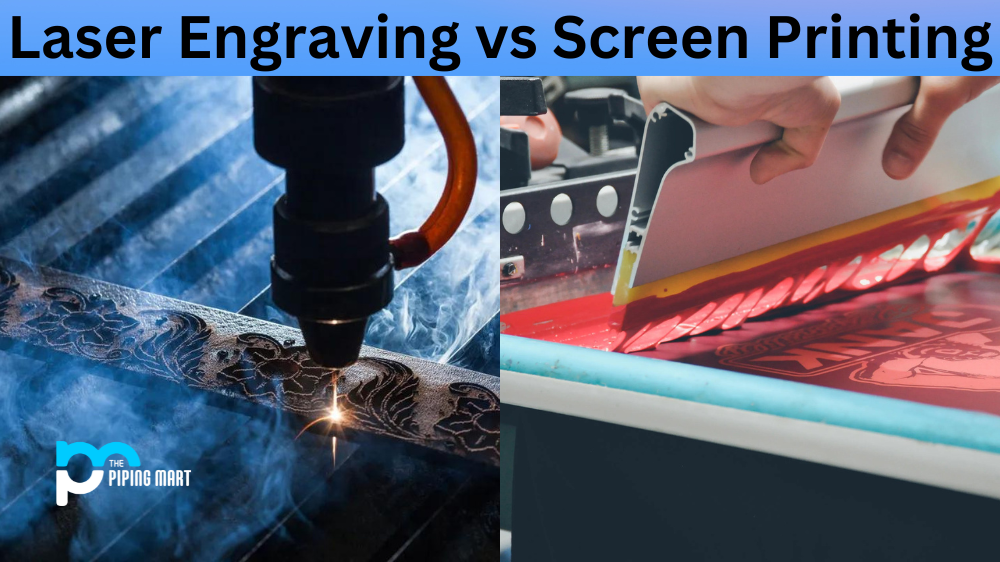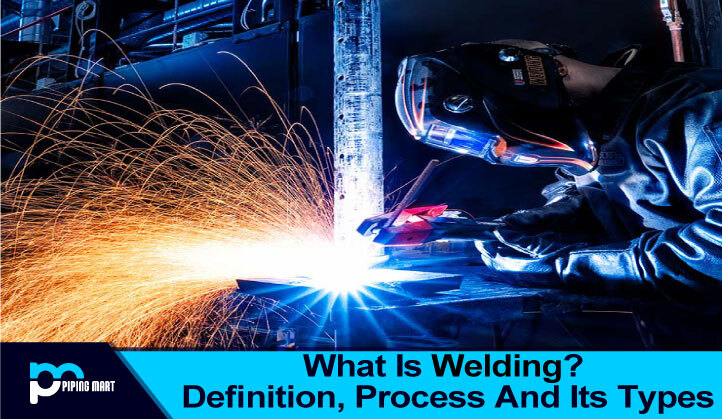If you’re looking to produce metal parts for your business or hobby, one of the first decisions you’ll need to make is which casting process to use. Two common methods are sand casting and gravity casting. Let’s look at some key differences between these techniques so that you can decide which one is right for you.
Sand Casting Process
Sand casting is a traditional metal forming process in which molten metal is poured into a sand mould that has been created using a pattern. The sand mold is typically made out of two separate parts that are held together with clamps, and the molten metal is poured into the cavity between them. Once the metal has cooled and solidified, the sand mould can be broken apart, and the part removed. Sand casting can be used for both ferrous (iron-based) and non-ferrous (aluminium-based) metals, though it is more commonly used with ferrous metals because aluminium requires higher temperatures than most foundries have available.
Gravity Casting Process Overview
Gravity casting works by pouring molten metal directly into a permanent mould or die. Unlike sand moulds, gravity moulds are not destroyed after each use, so they can be reused over and over again to create identical parts quickly and efficiently. This makes gravity casting particularly attractive for mass production runs or when tight tolerances are required on each part produced. However, due to its precision requirements, it cannot be used with all metals; aluminium alloys are the most common gravity-casted alloys due to their low melting temperature.
Difference Between Sand Casting and Gravity Casting Technique
- Sand casting is a process that involves using sand to mould a metal object.
- Gravity casting is a process that involves using gravity to mould a metal object.
- Sand casting is typically used for larger objects, while gravity casting is typically used for smaller objects.
- Sand casting requires the use of a furnace, while gravity casting does not.
- Sand casting can be done at home, while gravity casting generally cannot.
- Sand casting is more expensive than gravity casting.
Conclusion:
Both sand casting and gravity casting offer advantages in certain situations; however, there are several key differences between these two methods that should be considered when choosing your preferred method for producing metal parts. Sand casting offers greater flexibility when it comes to creating complex shapes or working with non-ferrous materials but also requires more time to set up due to its multiple-part mould design. Gravity casting, on the other hand, is much faster but may require additional tooling costs if multiple dies need to be created in order to produce different parts designs. Ultimately, it boils down to what type of part you need to produce and what resources you have available in terms of time and money when making your decision. By understanding how these two processes differ from each other, you can make an informed decision about which one will best suit your needs!

Abhishek is a seasoned blogger and industry expert, sharing his insights and knowledge on various topics. With his research, Abhishek offers valuable insights and tips for professionals and enthusiasts. Follow him for expert advice on the latest trends and developments in the metal industry.




